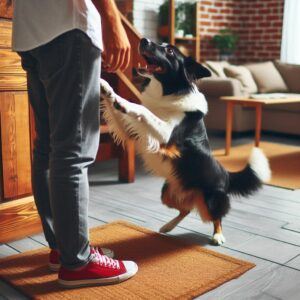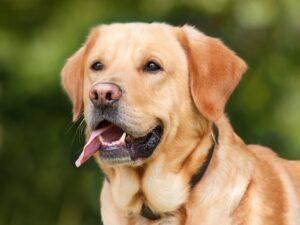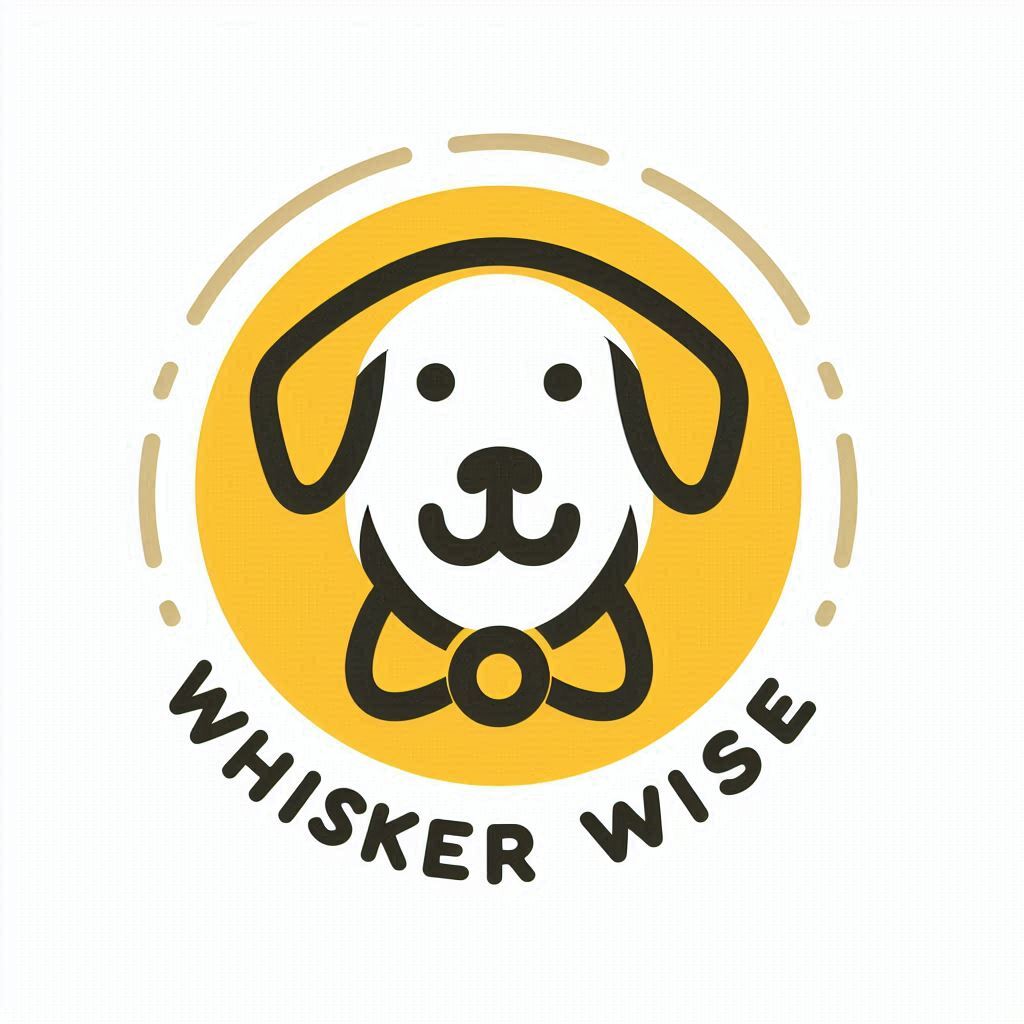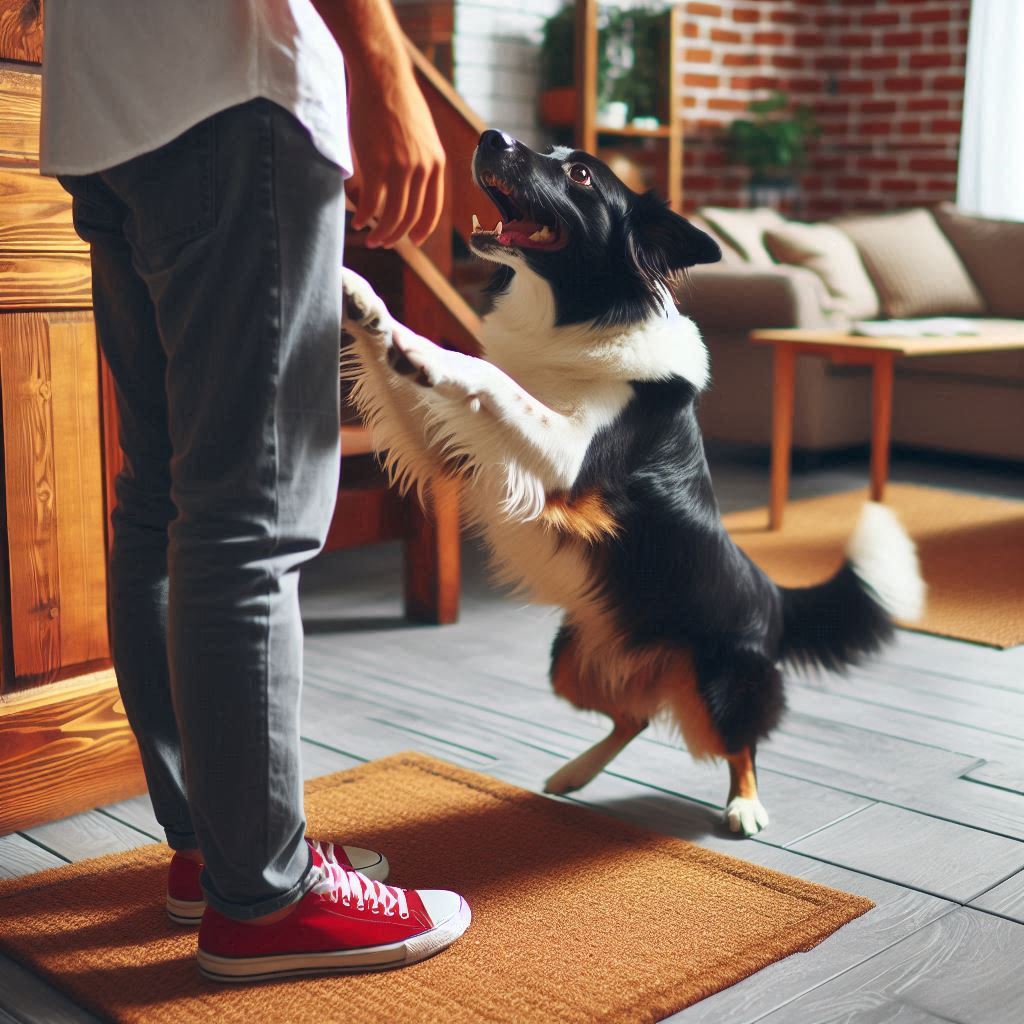I’m going to level with you: if you have a dog, chances are you’ve been on the receiving end of a joyous, albeit sometimes overzealous, four-pawed welcome. It’s a common behavior issue that plenty of pet owners encounter. Not only can this habit be annoying, it can turn dangerous, especially when there are children or seniors involved.
Now, this isn’t just about curbing an unwanted habit; it’s also about understanding why your furry friend is doing it in the first place. Dogs have a social ritual to greet face-to-face, and in their excitement to say hello, they jump.
In my opinion, identifying the root cause is crucial. It helps you empathize with your canine companion while still recognizing the need for change. Safe, polite greetings aren’t just for your guests’ comfort but also for the well-being of your dog who must learn to interact with humans without risks.
If you want to create a harmonious environment where guests aren’t bowled over by your eager pup, you’ll be relieved to know that there’s a strategy for that. Setting up a simple, clear rule like ‘keep your front paws on the floor’ can transform those chaotic hellos into calm greetings. And guess what? That’s going to include a bit of homework for both you and your dog.
Laying the Foundation: Enforcing Basic Greeting Rules
Now I’m going to show you how to lay the ground rules for greeting behavior. It’s not just about curbing a bad habit; it’s also about injecting a new, positive routine into your dog’s interactions. Let’s talk about the ubiquitous ‘four paws on the floor’ rule, a simple yet effective way to guide your dog toward polite greetings.
When your dog greets you or anyone else by keeping all four paws grounded, that’s your cue to shower them with attention and perhaps a scrumptious treat. This immediate positive reinforcement lets them know they’ve hit the jackpot in behavior land.
If you’ve ever found yourself in a dance-off with your canine buddy every time you or a guest walks in, you’re probably familiar with the effectiveness of the turnaround technique. That’s where you ignore the jumping completely by turning away or walking out of the room. This move sends a crystal-clear message: ‘Jumping gets you nothing; calmness gets you my love and attention’.
But what about when guests come over? It’s one thing to train your pooch, but another to cue your friends and family in on the rules. Make sure you’re upfront with your guests: ask them to wait for a calm moment before acknowledging your dog. Equip them with a treat or two if you want to really drill in that message. It’s about setting explicit expectations for everyone involved.
Nine Proactive Tips for Teaching Proper Greeting Behavior
Now, you’re going to find out about the nine actionable steps that you can take to curb your dog’s enthusiasm a bit and transform it into polite greetings. Remember, your first attempt doesn’t need to be your last—adjust your approach as needed.
- I’m going to start with the golden rule: engage your dog only when all four paws are firmly on the floor. This sets a clear standard for them—no attention until they’re standing or sitting nicely.
2. Here’s a tip that often gets overlooked: lavish your dog with praise the moment they do things right. Immediate attention for standing calmly reinforces the idea that not jumping is how they get what they want.
3. If your dog jumps up, don’t worry too much about it—just turn away or walk out of the room. Re-engage only when they settle down. Removing your attention sends a clear message that jumping isn’t the right way.
4. Set your fur buddy up for success. Sometimes they need a prompt, like a ‘sit‘ command. Or, scatter treats on the floor before opening the door to guests—it’s a great distraction that keeps them grounded.
5. Consistency is your best friend. Always reward your dog when they greet properly. Positive reinforcement is an incredibly powerful training tool.
6. Avoid giving any negative attention, including holding or pushing your dog away. These reactions might still be interpreted as engagement, encouraging your dog to continue jumping.
7. Never resort to knee blocking—it’s not only potentially harmful, it could also damage the trust your dog places in you. Choose something that resonates with kindness and patience.
8. Keep the energy during greetings low-key. Excitement is contagious, and a wound-up hello can lead to a paws-up situation. Calm and quiet greetings can help your dog mirror that energy.
9. Instruct guests and strangers to follow suit. Clear communication about your dog’s greeting rule is vital. And if needed, use a leash or a crate to manage their behavior when you have guests over.
Maintaining Good Behavior: Consistency and Patience Pay Off
I’m not just going to tell you that enforcing good greeting habits in your dog is important—I’m also going to emphasize the ongoing commitment it requires. Consistency is the golden rule; whether it’s the third time or the thirtieth time your dog greets someone, the same standards need to be upheld. When you’re consistent, your dog learns to predict the outcome of their actions, which in turn makes proper behavior a natural choice for them.
However, it’s crucial you’re prepared for setbacks. Even the best-trained dogs have off days. Don’t be discouraged if your dog slips up. Patience is your ally. In those moments, take a step back, gather yourself, and redirect the behavior as you’ve been taught. It’s not about getting frustrated—it’s about understanding and working through the challenges.
Make sure to acknowledge the small steps in the right direction. Every time your dog maintains all fours on the floor when greeting someone, it’s a win. These victories, though they might seem minor, are the building blocks of long-lasting good behavior. Treat each success as a moment worth celebrating.
Wrapping up, teaching your dog to greet people politely isn’t just a one-off lesson; it’s a chapter in their lifelong handbook for good etiquette. Adopting this perspective will not only enhance your dog’s social skills but also deepen the bond you share. And when you see them greeting your guests with wagging tails while keeping their paws respectfully to themselves, you’ll know all the effort was worth it.

